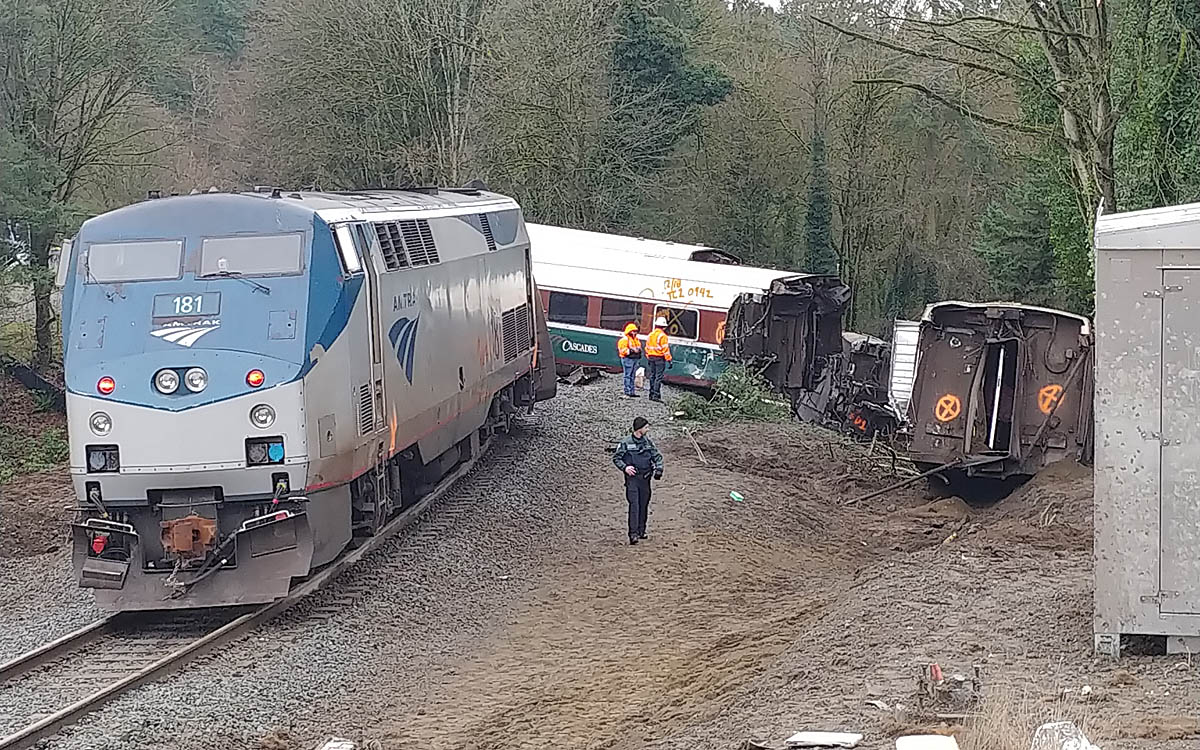
Judge grants Cascades train 501 engineer partial summary judgment in suit against Amtrak
A judge in Washington state has ruled that Amtrak is strictly liable for the fatal 2017 derailment of an Amtrak Cascades train in DuPont, Wash., meaning a trial later this year over a claim by the train’s engineer will only be to determine damages, not fault. The Tacoma News Tribune reports the suit by engineer Steven Brown alleges he was not properly trained and that positive train control equipment that could have stopped the train had not yet been installed. Brown was the engineer when Cascades train 501, making its first trip on the Point Defiance Bypass, derailed at a low-speed curve, killing three. Amtrak had claimed Brown’s negligence caused the derailment. But Superior Court Judge Karena Kirkendall granted Brown’s motion for partial summary judgment, which asked her to find Amtrak “strictly liable” and argued that the only defense to Amtrak’s absolute liability would be to prove that Brown “was the sole cause of his own injuries.”
Preservation group meets deadline, can continue to seek partners for effort to preserve BNSF bridge
A group seeking to preserve BNSF Railway’s Bismarck-Mandan Rail Bridge across the Missouri River has met a key deadline, the Bismarck Tribune reports, meaning it can continue to seek public partners for its effort to save the 138-year-old bridge. BNSF wants to demolish the bridge to make way for a new structure, but the group Friends of the Rail Bridge wants to save it and convert it into a pedestrian bridge. It had until March 15 to establish a public-private partnership that would eventually take ownership of the current structure; on the last day, the Burleigh County Commission voted to allow the group access to liability insurance through the North Dakota Insurance Reserve Fund, which meets the partnership requirement. A 2019 study estimated the cost of converting the bridge to pedestrian use at $7 million. The preservation effort has slowed BNSF’s work to replace the bridge, which because of its age had a 25-mph speed restriction [see “BNSF focuses on regulatory challenges …,” Trains News Wire, Jan. 8, 2019].
CN workers hit by COVID-19 outbreak in Winnipeg
Canadian National has experienced a COVID-19 outbreak at a facility in Winnipeg, Manitoba, health officials have said. CTV News reports that Unifor, the union representing CN workers, said there are 16 confirmed cases and 60 people isolating as of Tuesday. CN said in a statement that employees have followed a COVID-19 protocol since March 2020 that includes restrictions on employee travel, increased physical distancing, and self-isolation for those with signs or symptoms of the virus.






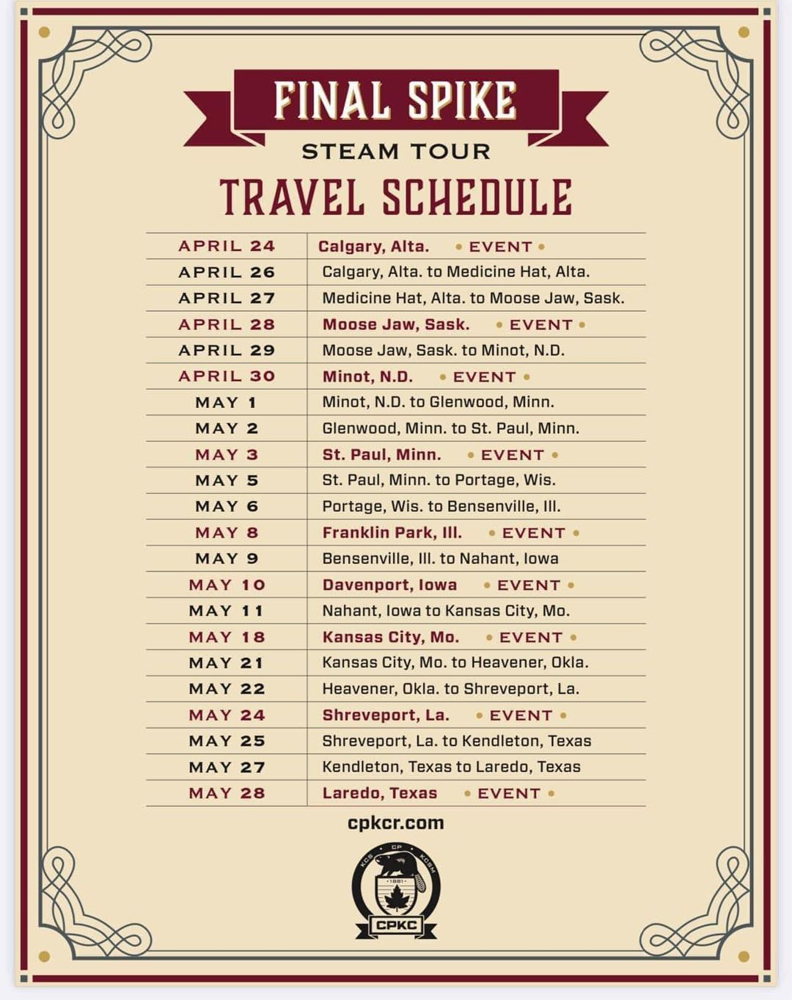
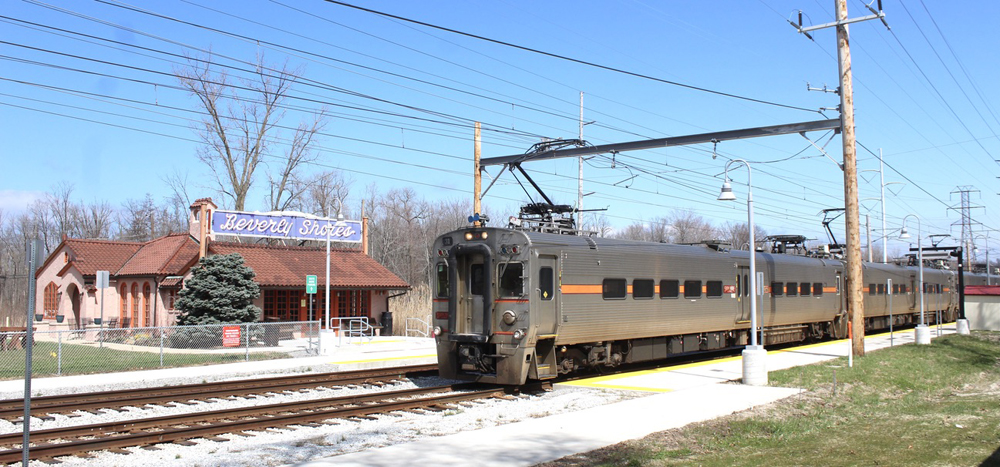
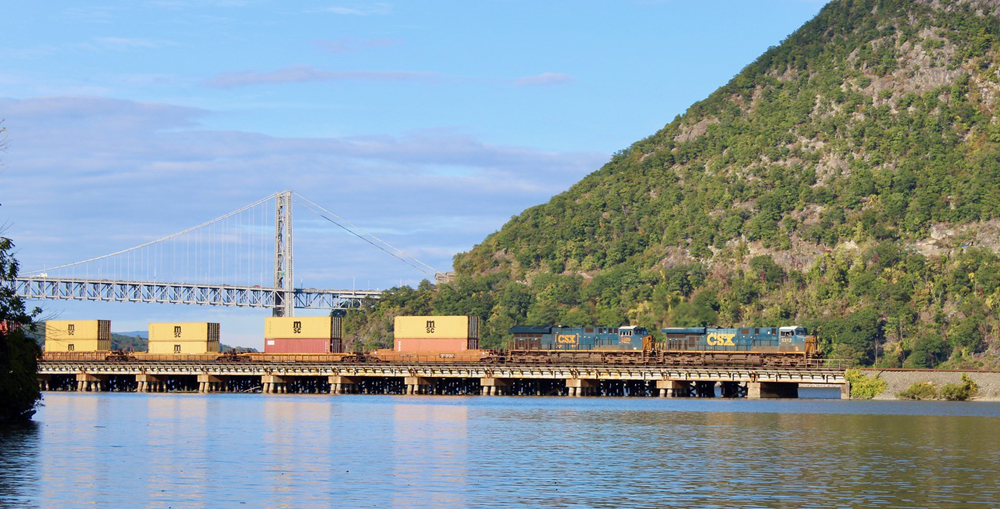
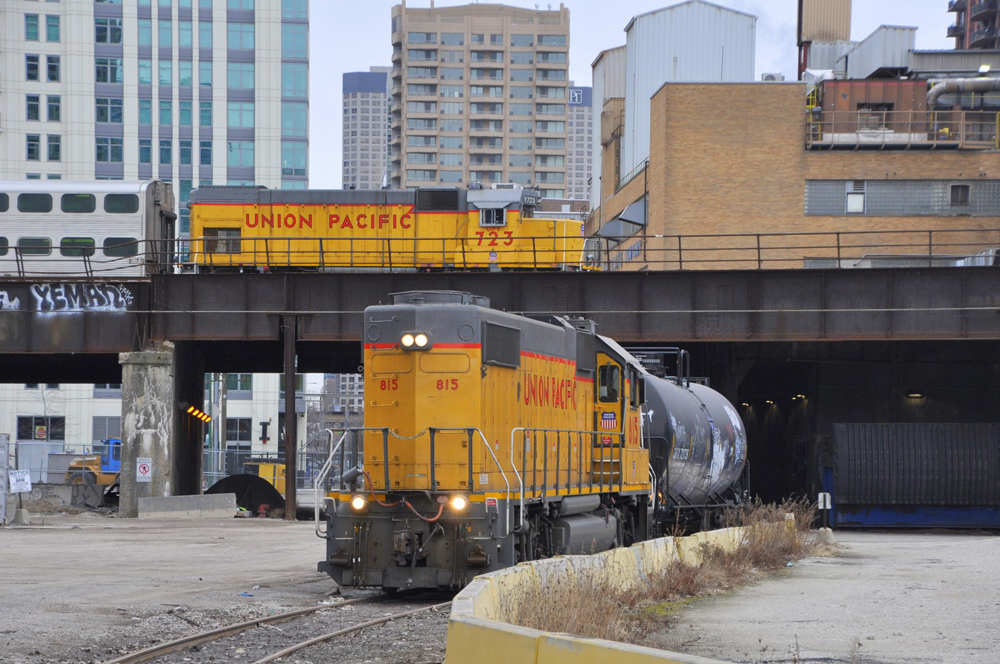




As a retired engineer I can say that engineer, Steven Brown, was 100% at fault.
You don’t need special training to follow the train bulletins that listed the speed restrictions for this section of track.
He acted like an amateur and feigns stupidity to avoid being held accountable.
Unfortunately, he faced an ignorant, bleeding heart female judge who could not or would not see the obvious truth.
Such is our court systems today.
If that account from the Tacoma News Tribune is true, then that RFE should have been disciplined, given time off and/or told to exercise his seniority and go back in the ranks. Should have been given a random for sure. That was, to say the least, a high-profile run and it demanded a railroad official be riding the head end. You don’t “oversleep” for an assignment like that.
It takes more moxie to say NO to your employer than most people have. It reminds me of the NASA engineers that tried to tell their employers the O rings on the Challenger would not be safe in the cold temps at launch and the astronauts died. The fault is on the executives. They put an untrained individual it the controls.
According to the Tacoma News Tribune article, the road foreman who was supposed to be with engineer on the run overslept and was replaced by a conductor trainee.
There was no assistant conductor, so the conductor was doing the work of two on an inaugural run, according to the same article.
“It doesn’t take much training to obey the speed restriction or to ask for further direction about operating conditions. That’s on him.”
Sound Transit was actually responsible for providing the engineer the operating guide for the route, which it turns out didn’t exist. The engineer was not familiar with the route when he showed up for work (only the engine). And there were other people in the cab distracting the engineer.
There is a deep pocket effect going on here as they find Amtrak the most liable.
Armchair Railroading would suggest that the engineer ‘should have’ asked for the operating guide for the route (since PTC was inactive), when not available, walked off the job regardless of the public eye.
I am baffled because Amtrak doesn’t let just anyone operate the equipment on a route without having been on some kind of orientation. So for that I point at Amtrak and their safety rules which were ignored.
Clearly everyones’ excitement and expedience to get the route operating clouded their operating judgement. No one wanted to call anything out at risk of making someone look bad.
(1) The engineer works at the direction of the employer and has little to no say as to being assigned if not properly trained. That point I’ll give him.
(2) It doesn’t take much training to obey the speed restriction or to ask for further direction about operating conditions. That’s on him.
(3) There was at the time no requirement that PTC be in place. Generations of train drivers across the globe have been in the cab w/o PTC and it’s their job to get the train where it’s going without driving off a bridge.